
ISSN: 2321-9653; IC Value: 45.98; SJ Impact Factor: 7.538

Volume 11 Issue I Jan 2023- Available at www.ijraset.com


ISSN: 2321-9653; IC Value: 45.98; SJ Impact Factor: 7.538

Volume 11 Issue I Jan 2023- Available at www.ijraset.com
Ms. Blessy Mathew1 , Ms. Shiva Tyagi2, Ms. Vidhushi3, Mr. Mohit4, Mr. Gaurav5, Ekta Peter6, Mr. Amit Kumar7, Mr. Laxmikant Sharma8
1Assistant Professor, Subharti Nursing College, Meerut 2, 3, 4, 5, 6Post Basic Student, Subharti Nursing College, Meerut 7, 8Assistant Lecturer, Subharti Nursing College
Abstract: Statement Of Problem: “A study to assess the level knowledge regarding menstrual hygiene amongadolescent girls in selected school at Meerut, U.P”
Objectives: To assess the level knowledge among adolescent girls regarding MenstrualHygiene. To determine the association between the Menstrual Hygiene amongadolescent girls with selected demographic variables.
Methodology: A Quantitative research approach and descriptive research design was used in this study. Sample size comprised of 30 adolescent girls and the sample was selected by convenient sampling technique. Self-structured questionnaire used to collect the data. The gathered data was analyzed using descriptive and inferential statistics.
Result: The findings show that out of 30 samples 14(46.7%) were having inadequate knowledge, 10(33.3%) were having moderate and 06(20%) were having adequate knowledge. The chi – square test shows that there was a significant association betweenLevels of knowledge regarding Menstrual Hygiene among the age and level of education of individual
Conclusion: The study revealed that adolescent girls having inadequate knowledge regarding Menstrual Hygiene. There was significant association between Level of knowledge score of adolescent girls with age and level of education.
Keywords: Menstrual Hygiene, knowledge, adolescent
The World Health Organization Defined Adolescent As Young People Between the Ages of 10- and 19-year adolescent population constitutes about 16% of world totalpopulation. adolescent is a transition period from childhood to adult life . Adolescenceis an important and sensitive phase of life. Many physical mental and social development take place during this phase for girl adolescence is a period of rapid transition to womanhood. The onset of menstruation is one of the most important changes that occur for girl during the adolescent years. Menstruation occurs periodically throughout the child bearing years except during pregnancy and lactation.
It commences with menarche and ends with menopause. Throughout this period it is important for women to understand the changes that happen with menstruation. Even throughmenstruation isa physiologicalprocess itislinkedwith severalmisconceptions and malpractices which may result in adverse health outcomes. Menstruation and menstrual hygiene related practices are still clouded by taboos and socio-cultural restrictions. Poor hygiene during menstruation has been associated with serious ill – health including reproductive tract and urinary tract infection. There is a substantial lacuna in the knowledge towards menstruation and menstrual hygiene among adolescent girls.
“A studyto assess the level knowledge regarding menstrual hygiene amongadolescentgirls in selected school at Meerut, U.P”

1) To assess the level of knowledge among adolescent girls. Regarding menstrual hygiene.
2) To determine the association between menstrual hygiene among adolescent girls with selected demographic variables.
ISSN: 2321-9653; IC Value: 45.98; SJ Impact Factor: 7.538

Volume 11 Issue I Jan 2023- Available at www.ijraset.com

Thestudyis designed to assess the hypothesis that theadolescent girls in with menstrualhygienehas poor knowledge as the condition interferes with theactivitiesofdailylivingwhen compared to those not having menstrual hygiene.
1) Assess: Assess is the systematic collection review and use of information about educational programs undertaken for the purpose of improving student learning and development
2) Menstrual Hygiene: Menstrual hygiene deals with the special health care needs and requirements of women during monthly menstruation.
3) Adolescent Girls: Adolescent is the transitional phase of growth and development between childhood and adulthood. The World Health Organization defines an adolescent as anyperson between age 10 and 19.
The studyassume thatThe Gurukul Sarvoday Inter College students may have little knowledge regardingmenstrual hygiene
1) Those who are willing to participate in the study
2) Delimited onlyamong adolescent girls of Gurukul Sarvodaya Inter College.
H1-There will be significant difference on knowledge on menstrual Hygiene .
H2-There will be significant association between the knowledge and the socio demographic variable.
Descriptive research design was adopted for the study. The study conducted at Gurukul Sarvodaya Inter College and descriptive research design was used in this study. Sample size comprised of 30 adolescent girls and the sample was selected by convenient sampling technique. Self-structured questionnaire used to collect the data. The gathered data was analyzed using descriptive and inferential statistics.
Assessment of level of knowledge on Menstrual Hygiene care among the students was been made and following results have been observed.
The data has been presented using tables and diagrams. The data has been analyzed in4 sections.
1) Section 1: Description of demographic data the level knowledge regarding menstrual hygiene among adolescent girls
2) Section 2: Frequency distribution of the
3) Section3: Description for level of knowledge
4) Section 4: Association between knowledge score with their selected sociodemographic variables
S.NO Demographicvariables Frequency distribution percentage
1. AGE 13-14 18 60% 14-15 12 40% 2. Religion Hindu 20 66.7% Muslim 7 23.3% Christian 2 6.7%
ISSN: 2321-9653; IC Value: 45.98; SJ Impact Factor: 7.538 Volume 11 Issue I Jan 2023- Available at www.ijraset.com

Others 1 3.3%
3. Level of education
Secondary 16 53.3% Senior secondary 14 46.7%
4. Place of living Urban 09 30% Rural 21 70%
5. Primary source of information regarding menstruation
Mother 18 60% Sister 9 30% Teacher 2 6.7% internet 1 3.3%
6. When did you handyour menarche
AT the age of <10 1 3.33%


At the age of 10-12 3 10%
At the age of >15 3 10% At the age of 13-15 23 7.67%
7. How many days does your menstruation
3-5 22 76.7% 6-8 7 23.3% More than 8 days 0 0

Table NO 1: Percentage wise distribution a study to assess the level knowledgeregarding menstrual hygiene among adolescent girls ’
Fig: 1- Pie chart showing the percentage distribution of level regardingmenstrual hygiene among adolescent girls Pie chart showing 60% % (13-15) and 40% (16-18) age group
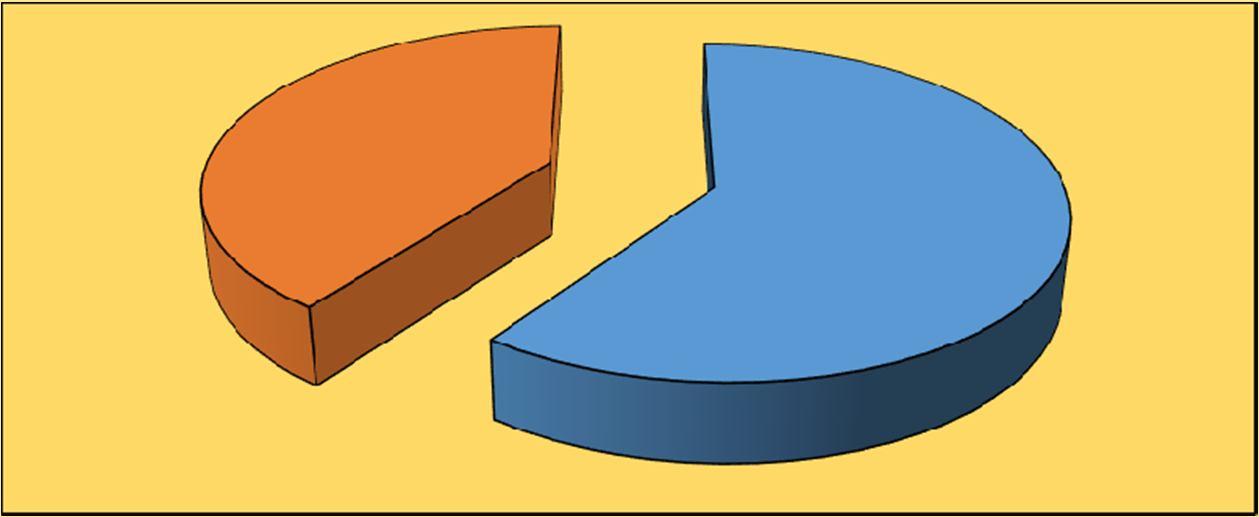



















ISSN: 2321-9653; IC Value: 45.98; SJ Impact Factor: 7.538 Volume 11 Issue I Jan 2023- Available at www.ijraset.com


Fig: 5 Pie chart showing the percentage distribution of Adolescent girlsaccording to Primary source of information regarding menstruation.



Pie chart showing 60% Mother, 30% sister, 6.7% Teacher, and 3.3% Internet

Fig: 6 Pie chart showing the percentage distribution of Adolescent girlsaccording to when you handed your menarche.

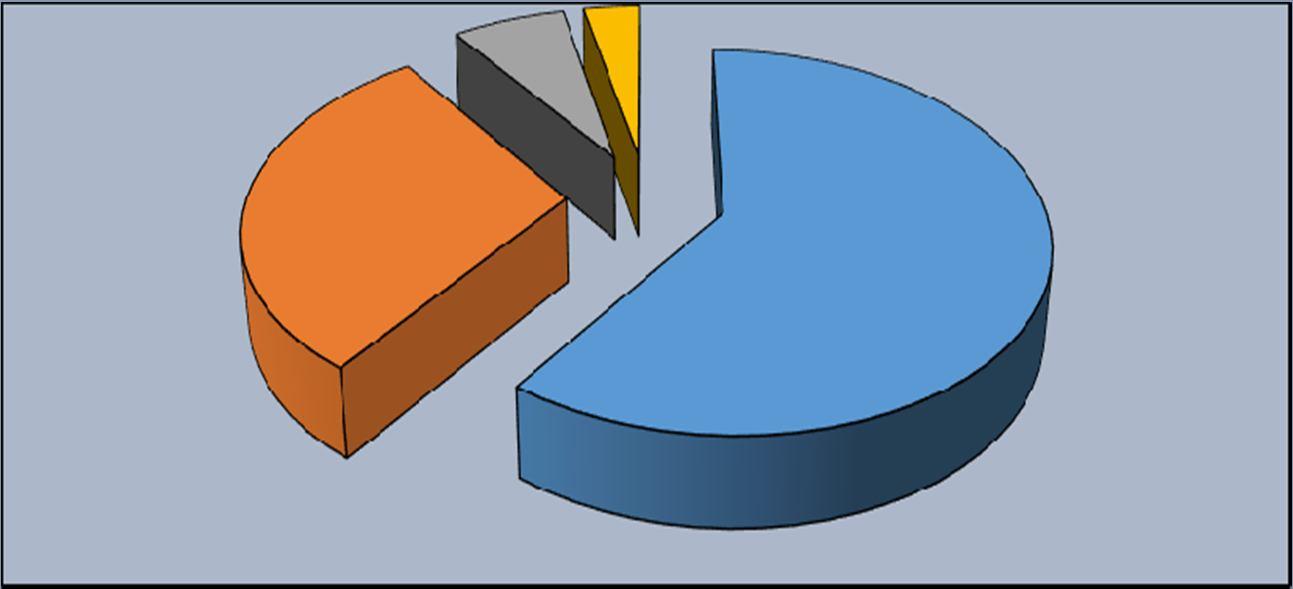

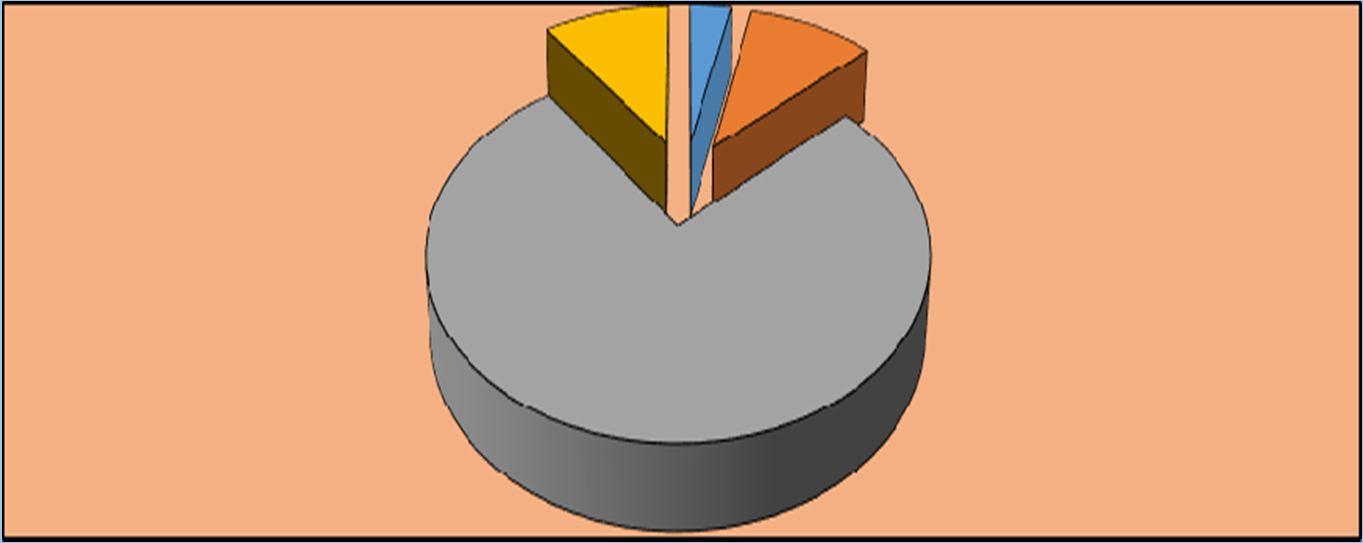
ONSET






0% 23.30% 76.70% 3-5 (76.7%) 6-8 (23.3%) More than 8 days (0%)
TABLE NO. 2: Frequency distribution of the level knowledge regarding n=30 Effects Frequency Percentage
Inadequate knowledge 14 46.7% Moderate knowledge 10 33.3% Adequate knowledge 06 20%



Table 2. Depicts that amongtotal 30 samples, all of themhave 14 (46.7%) werehavinginadequate Level of knowledge, 10(33.3%) werehavingmoderate Level of knowledgeand 06(20%) were having adequate Level of knowledge regarding menstrual hygiene among adolescent girls in Gurukul SarvodayInter college.
Fig 8. Pie chart showing the level of knowledge regarding menstrual hygieneamong adolescent girls. Pie chart showing 46.7% inadequate knowledge, 33.3% moderate knowledgeand 20% adequate knowledge
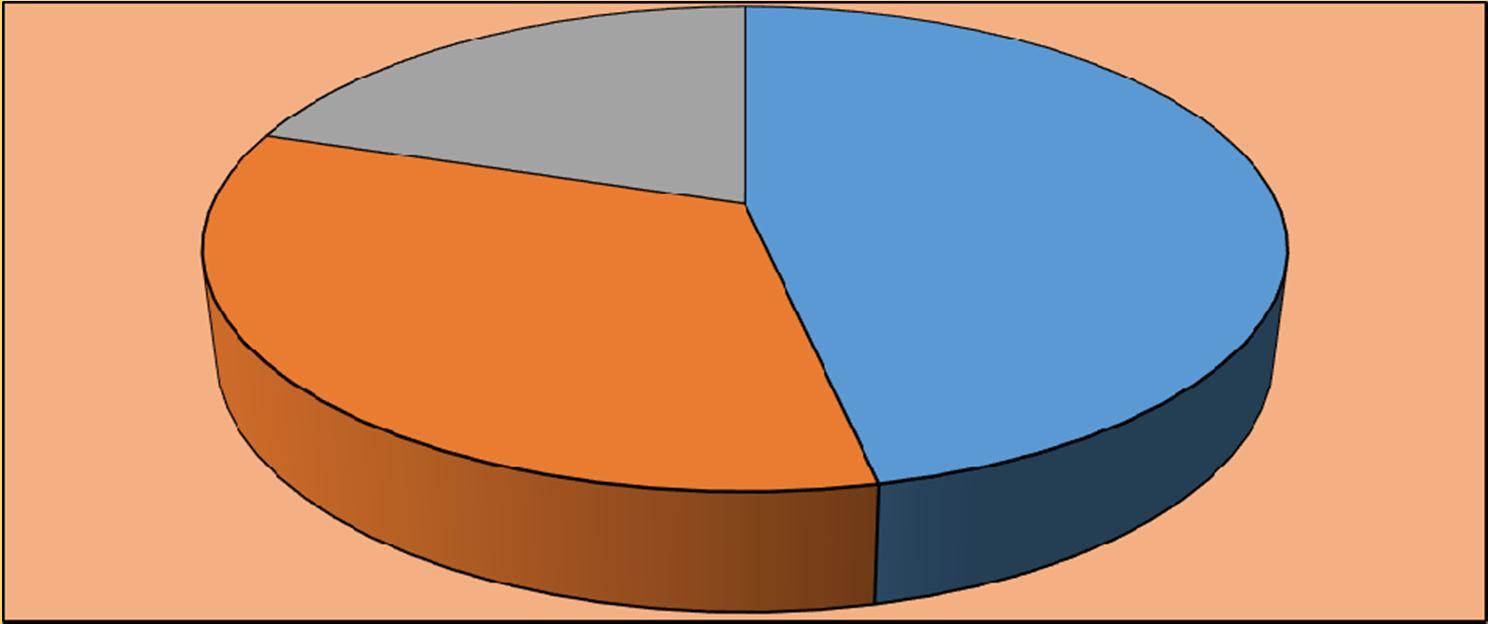
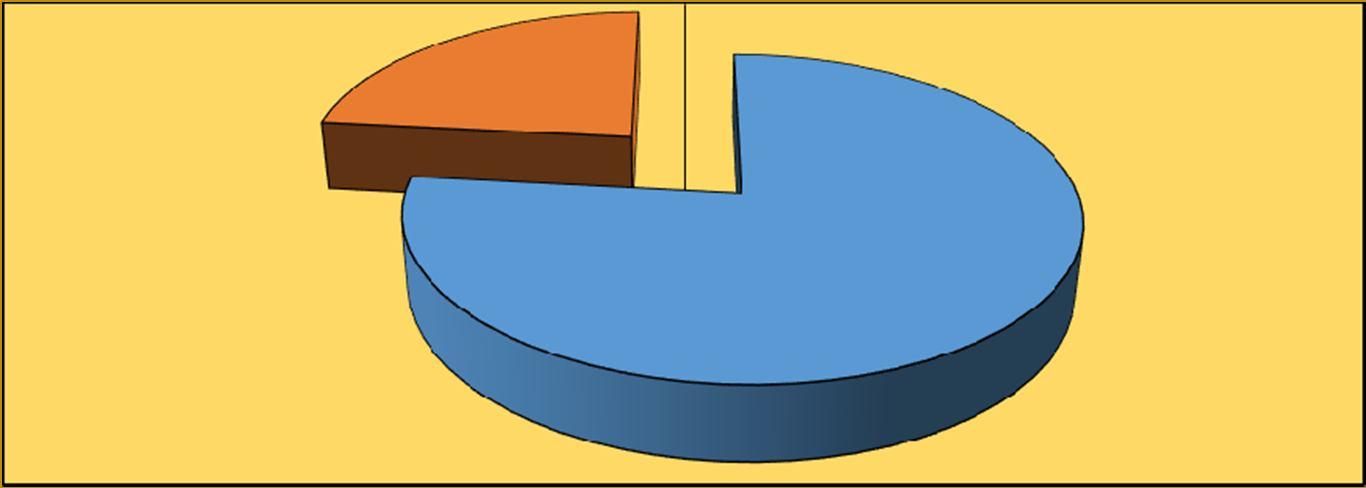
ISSN: 2321-9653; IC Value: 45.98; SJ Impact Factor: 7.538 Volume 11 Issue I Jan 2023- Available at www.ijraset.com

Table no 3. Description for level of knowledge. n= 30
S.NO Variables Maximum Score Mean SD
1 Frequency distribution of the level knowledge regarding menstrual hygiene among adolescent girls.
339 10 1.79

Shows that mean score of menstrual hygiene was 10 and standard deviation was 1.79.
Tableno4. Association between knowledgescorewith theirselected demographic. N = 30
Demogra phic variable Percentage of obtained knowledge Chi square D.F Table value Inference Frequency Percentage AGE Adequ Moder Inad ate ate equ 13-14 ate 6.42 2 5.99 S 1 60% 15-18 3 4 8 40% 3 6 11 1 3 2
Religion
Hindu 4 6 10 2 66.77% Muslim 2 3 2 4.55 6 12.59 N.S 0 23.3% Christian 0 1 1 7 6.7% Other 0 0 1 2 3.3% 1
Level of education
Secondary 4 3 9 6.21 2 5.99 S 1 53.3% Senior 2 7 5 6 46.7% Secondary 1 4 Place
Rural 5 5 11 3.42 2 5.99 N.S 2 70% Urban 1 5 3 2 30% 9 Primary source 3 5 60% 2 4 10 2.60 6 12.59 N.S 30%
ISSN: 2321-9653; IC Value: 45.98; SJ Impact Factor: 7.538 Volume 11 Issue I Jan 2023- Available at www.ijraset.com

1 0 3 6.7%
Mother 0 1 1 1 3.3% Sister 0 8 Teacher 9 Internet 2 1
When did you had your menarche 0 0 0 1 3.3% 1 1 1 3.22 6 12.59 N.S 3 10%
At the age 0 2 1 3 10% of < 10 5 7 12 2 76.7%

At the age 3 of 10-12
At the age of >15 At the age of 13-15 How many days your menstruat 5 5 13 2 76.7% ion. 1 5 1 4.23 4 9.48 N.S 3 23.3% 0 0 0 0 0
3-5 days 7 6-8days 0 More than 8 days
In this study 30 samples were collected 14 (46.7%) were having inadequate Level of knowledge 10(33.3%) were having moderate Level of knowledge and 06(20%) were having adequate. There was significant association between Level of knowledge scoreof adolescent girls with selected demographic variables Level of knowledge age, level of education and there was no significant association between scoreofadolescent therewas no significant association between score Level of knowledge e of adolescent girls with selected demographic variables religion, place ofliving, primarysource, when didyou had your menarche, how many days your menstruation.
1) The first objective study was to assess the knowledge of Adolescents girls regarding Menstrual Hygiene
The findings show that out of 30 samples 14(46.7%) were having inadequate knowledge, 10(33.3%) were having moderate and 06(20%) were having adequate knowledge.
2) The second objective of this study were to associate the selected demographical variables with knowledge among GNM Nursing first year students.
Thechi–squaretestshows thatthere wasasignificantassociation betweenLevels of knowledge regarding Menstrual Hygiene among the age and level of education of individual
The study concluded that 46.7% girls are having inadequate knowledge regarding menstrual Hygiene and there was a significant association betweenLevels of knowledge regarding Menstrual Hygiene among the age and level of education of individual
ISSN: 2321-9653; IC Value: 45.98; SJ Impact Factor: 7.538


Volume 11 Issue I Jan 2023- Available at www.ijraset.com
Author declares that there is no conflict of interest.
[1] Basavanthappa BT, “Community Health Nursing”, Jaylee Brothers 1998. 1stEdition.
[2] Black M Joyce, Hawks Hokinson Jane. Medical-surgical nursing” ElsevierPublishers. Volume 7th edition,.
[3] MasteringMedical-surgical nursing, Libraryofcongresscatalogingin publication.
[4] Basavantappa BT. Text book midwifery and reproductive health nursing. Jaylee Brothers 2006. First edition.
[5] Padubidri VG, Daftary N, Shirish, Howkins and Bowne Shaw’s. Text book of gynecology, Reed Elsevier Publishers. 13th edition.
[6] Smeltzer C, Suzanne, Bare Brenda, Brunner and Siddhartha’s. Text book of medical surgical nursing, Lippincott Williams Publishers. 10th edition.
[7] Chakra borty Samhita, Khorana Nita, Sharma B, Jai and Chaturvedi Uma K. Endometrial hormone receptors in women with dysfunctional uterine bleeding. Journal of Achieves of Gynecology and Obstetrics 2005; 17-22.
[8] KouidesPA.Evaluationofabnormalbleedinginwomen. CurrHematolRep.2002Sep;1(1):11-8.
[9] Bevan A. Jennifer, Maloney. W. Kelly, Hillery. A Cheryl et al. Bleeding disorders:A common case of menorrhagia in adolescents. The Journal of Pediatrics, Volume138, Issue 6, Pages 856-861.
[10] Bourque J, Gaspard U, Bourguignon JP, Lambotte R. D. Dysfunctional uterine bleeding in the adolescent. J GynecologyObstet Biol Reprod (Paris). 1986; 15 (2):173-84.
